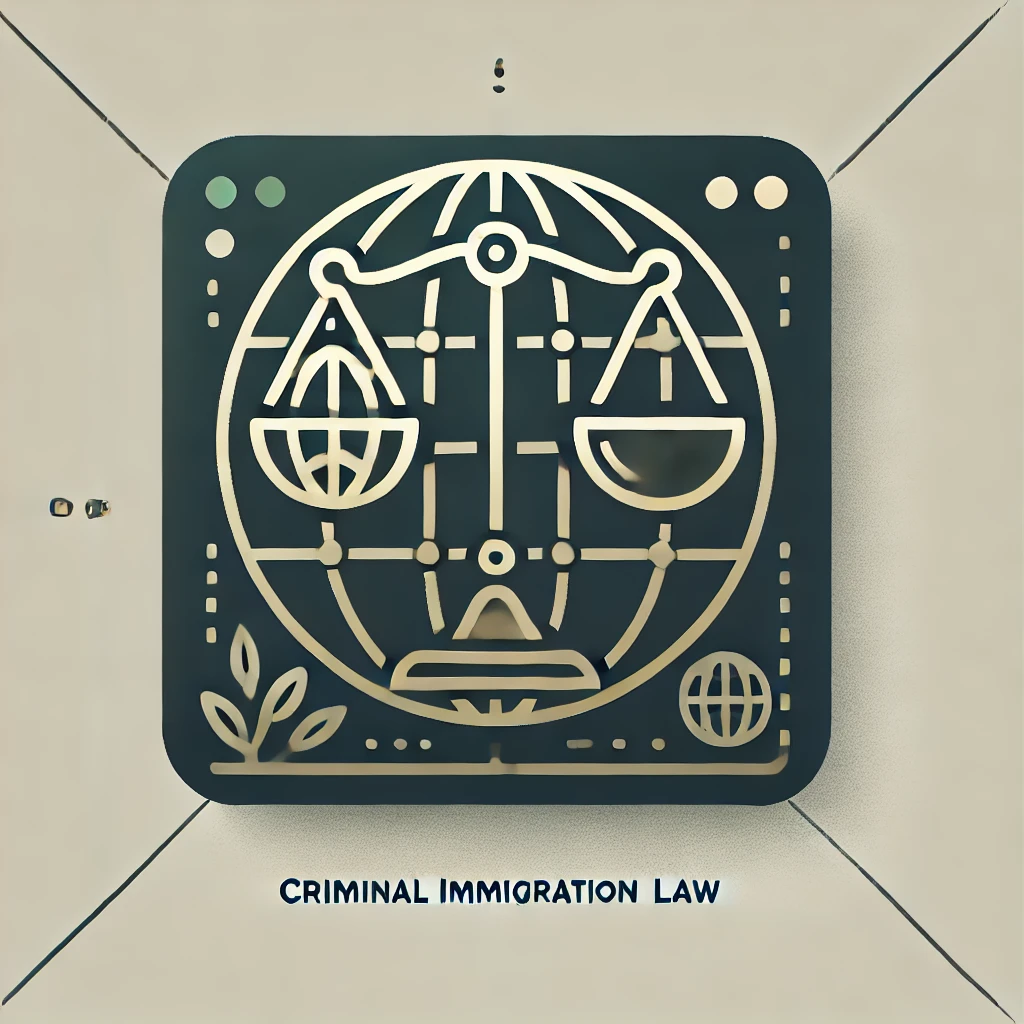What to Expect During Administrative Processing for K-1 Visa Applicants can feel like stepping into a foggy maze without a map. If you’re caught in this phase, you’re probably wondering why it’s taking so long and what’s actually happening behind the scenes. Don’t worry — this guide will walk you through the twists and turns of administrative processing, helping you understand the wait, the reasons, and how to stay calm while your K-1 visa application moves forward.
What Is Administrative Processing?,
Why Does Administrative Processing Happen?,
How Long Does Administrative Processing Take?,
What to Do While Waiting,
Common Misconceptions About Administrative Processing,
Tips to Speed Up the Process,
Key Takeaways,
Conclusion,
Related Articles
What Is Administrative Processing?
So, what exactly is administrative processing when it comes to your K-1 visa? Think of it as a behind-the-scenes security check. After your visa interview, the consular officer might need extra time to verify your information, run background checks, or consult with other agencies. It’s not a rejection — it’s more like a “pause and review” step to make sure everything is in order before your visa gets the green light.
This phase can feel like waiting for a slow-loading webpage, but it’s a crucial part of the process designed to protect both you and the United States.

Why Does Administrative Processing Happen?
Good question! There are several reasons why your K-1 visa application might enter administrative processing. Here are some common triggers:
- Security Clearances: Your background or your fiancé(e)’s background might require additional checks.
- Incomplete Documentation: Sometimes, missing or unclear paperwork causes delays.
- Complex Cases: If your case involves unusual circumstances, it might need extra scrutiny.
- Random Selection: Occasionally, applications are randomly selected for extra review.
It’s like when a detective double-checks clues before solving a mystery — thoroughness is key here.
USCIS taking too long? Discover how a Mandamus lawsuit can get your case moving.
Learn How a Writ of Mandamus Can HelpHow Long Does Administrative Processing Take?
Patience is the name of the game. The length of administrative processing can vary wildly — from a few weeks to several months. Unfortunately, there’s no exact timeline because each case is unique.
Factors influencing the wait include:
- The complexity of your background checks.
- The workload at the consulate or embassy.
- Whether additional documents or information are needed.
While waiting, it’s easy to feel stuck in limbo, but remember: this is a normal part of the journey for many K-1 visa applicants.
What to Do While Waiting During Administrative Processing
Waiting can drive anyone crazy, but here are some tips to keep your sanity and maybe even speed things up:
Get complimentary general advice via email or WhatsApp!
For more in-depth legal counsel, phone or office consultations are available for a flat fee for up to 40 minutes.
Contact Us on WhatsApp Email us- Stay Informed: Check your visa application status online regularly.
- Prepare Additional Documents: Have any requested paperwork ready to avoid further delays.
- Communicate: Respond promptly if the embassy or consulate reaches out.
- Seek Support: Join online forums or support groups — you’re not alone!
- Keep Busy: Focus on your relationship, plan your future, and don’t let the wait consume you.
Common Misconceptions About Administrative Processing
Let’s bust some myths:
- Myth: Administrative processing means my visa will be denied.
Truth: It’s just extra review, not a rejection. - Myth: I can speed it up by calling the embassy constantly.
Truth: Excessive calls rarely help and can sometimes slow things down. - Myth: Administrative processing is only for suspicious applicants.
Truth: Many legitimate applicants go through this phase.
Tips to Speed Up the Administrative Processing Process
While you can’t control everything, here are a few things that might help:
- Submit Complete and Accurate Documents: Double-check your paperwork before your interview.
- Follow Instructions Carefully: Pay attention to any requests from the embassy.
- Be Honest and Transparent: Any discrepancies can cause delays.
- Consult an Immigration Attorney: They can help you navigate tricky situations and avoid common pitfalls.
Key Takeaways
- Administrative processing is a routine security and verification step, not a denial.
- The duration varies widely — patience is essential.
- Stay proactive by monitoring your case and preparing documents.
- Avoid myths and misinformation to reduce stress.
- Legal advice can be invaluable during this uncertain phase.
Conclusion
Waiting through administrative processing for your K-1 visa can feel like being stuck in a slow-moving line with no clear end in sight. But remember, this pause is a normal part of the process designed to keep everyone safe. If you’re feeling overwhelmed, don’t hesitate to reach out to an immigration attorney early — they can guide you through the fog and help you stay on track. Your future together is worth the wait, and with the right support, you’ll get there.
